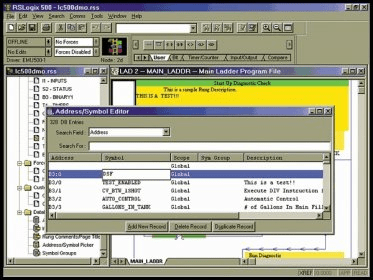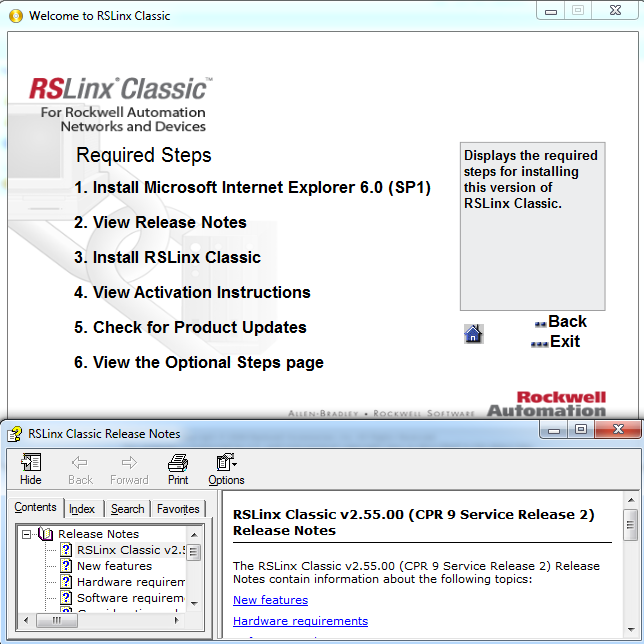

These API calls are then often mapped into calls to COM and Win32 by the runtime when we are talking about. The runtime adds a nice, standardized layer of APIs on top of the raw underlying APIs, providing us with a much nicer set of APIs to use. NET Framework, it is heavily tied to Win32. This is a bunch of native code that ties into the underlying OS. NET platform consists of a few different pieces.

NET expanded into the world we are working in today, we need to understand some of the innards of. As the app models were mostly baked into the framework, and distributed with Windows, or as a massive installer, there was no need distribute large things as NuGet packages. This is also part of the reason why NuGet was initially used mostly for utility libraries, and not whole frameworks and application models as it is today. So new releases of the framework included completely new application models and lots of new features. Just as ASP.NET and WCF was built into the framework. NET Framework 3.5 was released, WPF was baked into the framework. So, if you wanted to build Windows apps, you had WinForms built into the framework. NET Framework also came with most of its functionality built in. NET Framework versions and new Visual Studio versions a bit more exciting than it is today. NET Framework was released, a new version of Visual Studio had to be released as well for you to be able to use it. The release cadence was however tied to the release cadence of Visual Studio. And in most cases, this wasn’t a problem, as newer versions aimed to be backwards compatible. NET Framework did not have side-by-side installation capabilities, so only one version could be installed at any time. But the framework could be updated separately, meaning that the release cadence was not completely tied to the Windows release cadence. NET Framework included, allowing Windows to take a dependency on it, as well as saving people from having to download a huge installer to get it installed.

This allowed Windows to be delivered with. NET Framework was initially installed as a separate thing, but was soon merged into Windows, and became an integral part of it. It introduced a new way of writing applications, using a managed runtime and a Just-In-Time compiled, intermediate language, that was produced by compiling source code written in a new language, C#, or in a re-imagined version of VB called VB.NET. It was going to be the new way forward for all development things in the Microsoft world.

So, let’s have a look at how it all fits together…ish, and how current and future versions try to make life simpler for us developers.NET Framework, the OG But then, over time, it grew and grew, and became a lot more complicated. NET Framework, and it was all very simple.


 0 kommentar(er)
0 kommentar(er)
